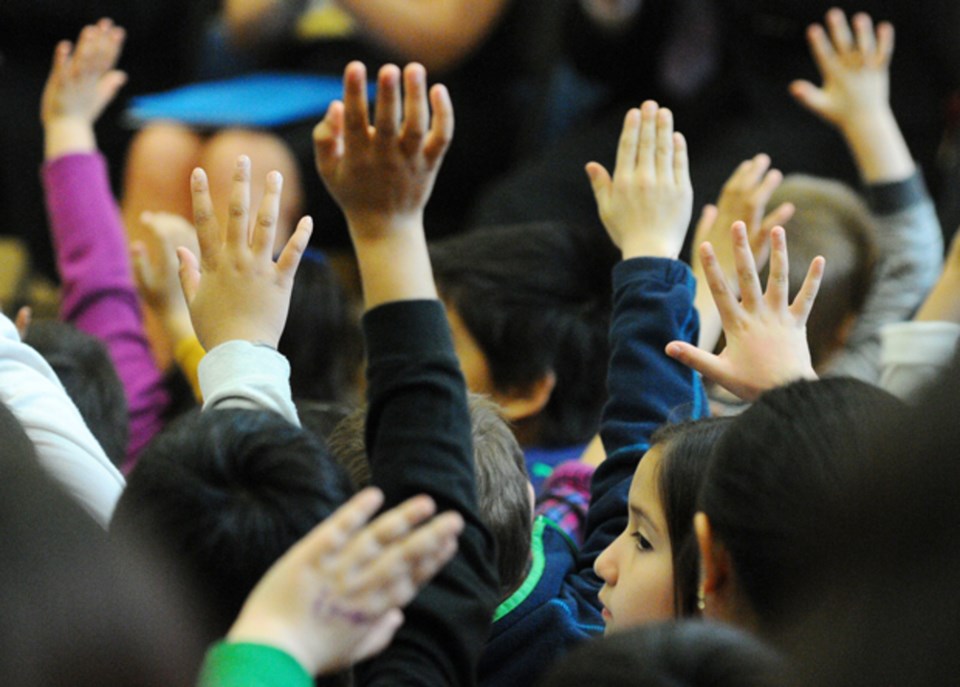North Shore school districts are signalling that difficult choices could be ahead as budgets for the next school year are squeezed by inflation.
While costs for everything from salaries and sick leave to new computers have gone up, some traditional sources of revenue – like fees from tuition-paying international students – remain down following both COVID-19 and global economic challenges.
In North Vancouver, secretary treasurer Jacqui Stewart warned trustees recently that even with an increase in projected enrolment and the provincial operating grant, expenses will exceed revenues next year unless changes are made.
“I would prefer not to continue to rely on using our operating surplus” to balance the budget, Stewart said. “We need to prioritize.”
Scott Stanley, director of human resources for the school district, said just as local families are feeling the financial pinch these days, so is the school district, on a much larger scale.
It will cost more in the upcoming school year to maintain buildings, hire the same level of staff and buy necessary supplies, he said.
Both teachers and support staff have already negotiated a wage increase of 5.5 per cent, with a possible additional cost of living pay hike of 1.25 per cent. While the province pays for those pay increases, it does not pay for similar pay hikes for non-union staff which must be funded out of the district’s operating budget, said Stanley.
Money for technology upgrades must also come from the school district’s operating funds.
A similar budget crunch is facing schools in West Vancouver.
As in North Vancouver, the West Vancouver school district has historically relied on money from its international student program to help balance the books. But that program has faced pressure from both a global economic crunch in Asia and a shortage of homestay families. West Vancouver is also grappling with how to pay for technology upgrades needed for schools without breaking the bank.
At the same time, West Vancouver receives one of the lowest amounts of provincial funding per student in B.C., according to the school district.
West Vancouver schools receive $9,533 per student from the province. Other school districts in the Lower Mainland typically receive amounts ranging from about $9,600 to $10,200 per student. Some of the most remote and rural school districts in the province receive between $20,000 and $30,000 per student.
While each school district receives funding based on the number of full-time students enrolled, they also receive money based on the number of special needs students, English Language Learners and Indigenous students enrolled in the school district. Some school districts also receive money to operate in sparsely populated rural locations or in communities where enrolment has declined sharply.
Spencer Capier, president of the West Vancouver Teachers Association, said he’s worried the budget crunch could lead to cutbacks in teachers who work outside of individual classrooms, like librarians and counsellors.
While there’s often an assumption everyone on the North Shore is wealthy, “that isn’t true,” said Capier. “All socio-economic groups are represented in our schools.”
Last year, both the North and West Vancouver school districts balanced their preliminary budgets by dipping into surplus “rainy day” funds to the tune of several million dollars.
That has meant, however, that both school districts now have less money left in those funds that they can draw on for budget emergencies in future.



